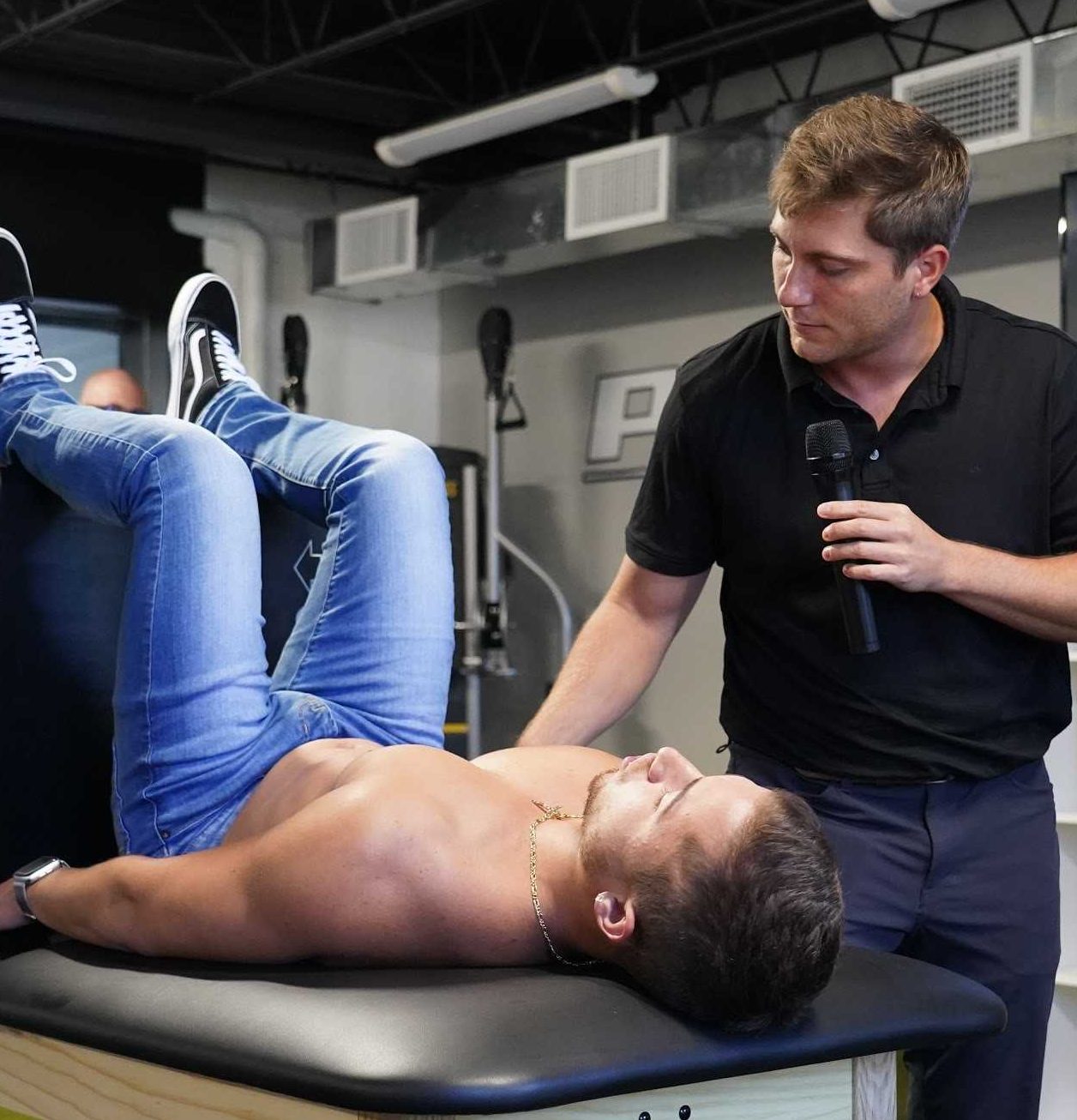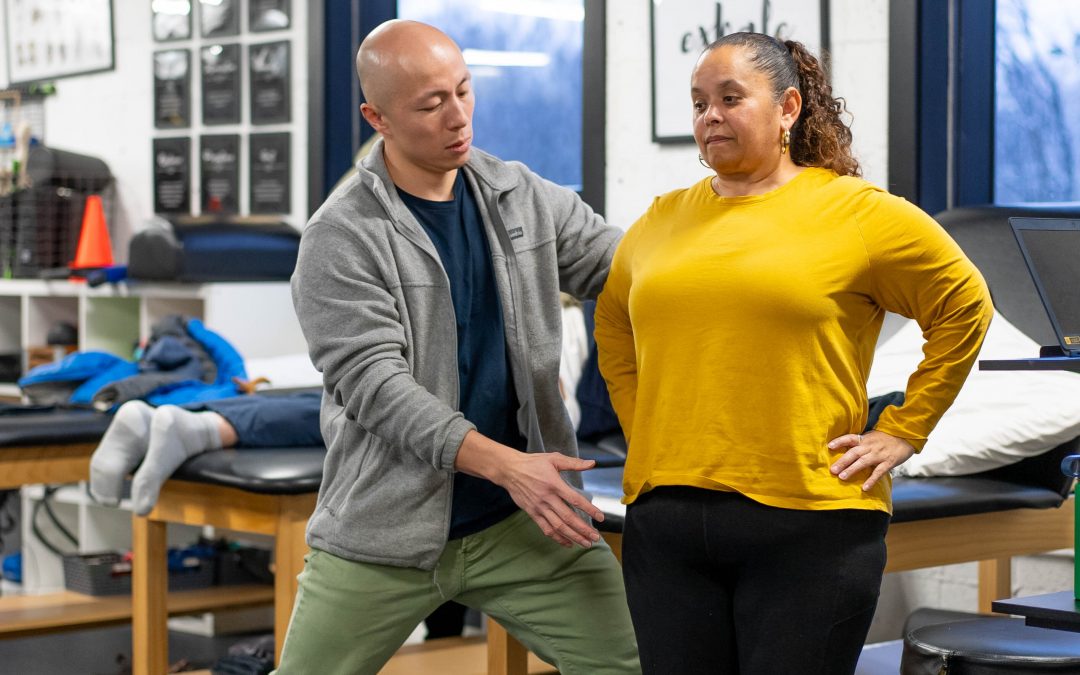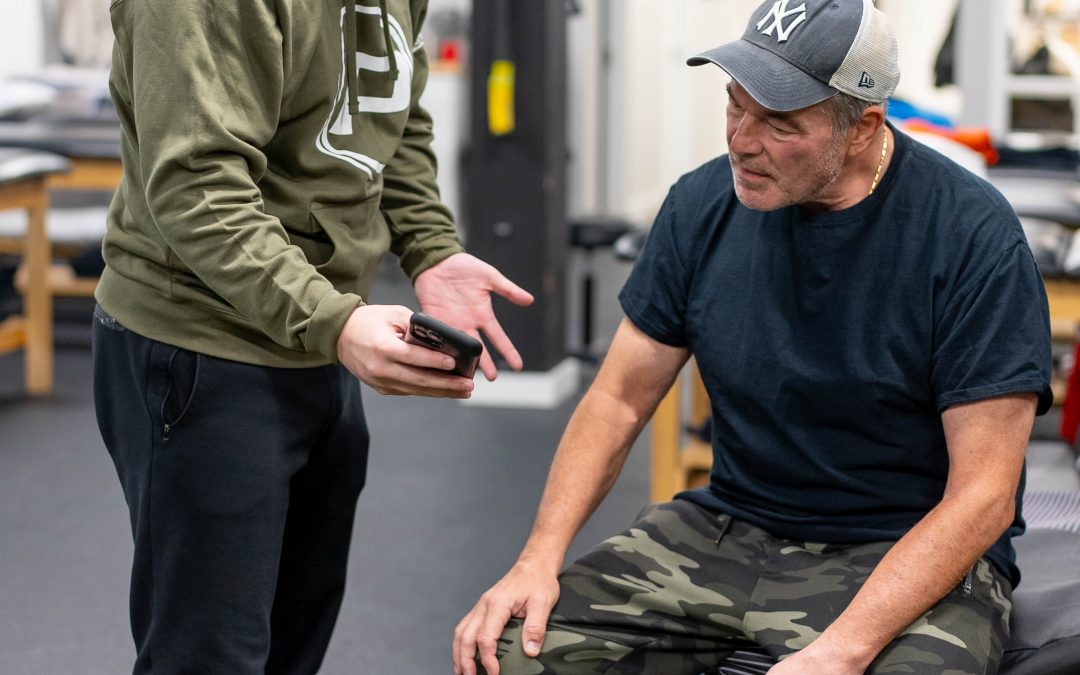Keeping up with the demands of our profession requires the ability to learn and grow. Broadening and building are key. Our goal here at ProMet Physical Therapy is to inspire our community and give them a glimpse of what we are working on internally. Guidelines highlight the amounts and types of physical activity required to improve overall health and reduce the risk of chronic diseases.
As clinicians, our highest priority is delivering high-quality care and by keeping up with innovations to our field, we can bring that to you.
The World Health Organization (WHO) and the Center for Disease Control and Prevention (CDC) put out information on physical activity guidelines to help people understand the importance of moving. It takes into account the positive interactions between movement and health.
Simply put, this information is overlooked and not practiced enough. Health will be a number one priority and using this information daily adds to self-development and internal growth.
Follow these strategies to make being physically active easier.
WHO recommendations are as follows:
FACT SHEET
On a 10 point scale, 0 is sitting and 10 is extremely hard
Moderate intensity is around a 5-6 and Vigorous activity counts as a 7 or 8.
Children and Adolescents 5-17 years of age
- 60 min average per day of moderate to vigorous intensity, mostly aerobic (bike, walk, run, cycle, elliptical)
- Incorporate vigorous-intensity aerobic activities as well as weight training to strengthen bones and muscles 3 days per week
- Limit screen time
Adults aged 18-64
- Should do at least 150-300 min of moderate-intensity aerobic physical activity per week
- Or 75 to 150 min of vigorous-intensity aerobic physical activity per week
- Should also do muscle-strengthening activities at a moderate or greater intensity that involve all major muscle groups 2 or more days per week
- Aim to do more than the recommended levels of moderate to vigorous intensity
Adults 65 years old and above
- SAME AS ABOVE
- Older adults should add “multicomponent” physical activity including balance, strength training, and coordination to prevent falls (dancing, tai chi, yoga, gardening, sports)
People living with chronic conditions (stroke, heart disease, high blood pressure, diabetes, HIV, Cancer, Obesity)
- Should do at least 150-300 min of moderate-intensity aerobic physical activity per week
- Or 75 to 150 min of vigorous-intensity aerobic physical activity per week
- Should also do muscle-strengthening activities at a moderate or greater intensity that involve all major muscle groups 2 or more days per week
- Add “multicomponent” physical activity including balance, strength training, and coordination (dancing, tai chi, yoga, gardening, sports) 3+ times per week.
For the infants, toddlers, kids, and the future of our society
Physical activity starts at a young age and must be practiced early and often to teach our kids the habits needed for long-term success. Oftentimes our kids mimic the sedentary lifestyle of their parents and peers all around them. If we set an example from the start to promote activity and play it will have a tremendous effect on mental health, financial implications, quality of life, and academic/executive performance.
Less than 1 years of age
- Physically active several times a day in floor play, 30 min of “tummy time”
- 12-17 hours of sleep quality sleep, including naps
For ages 1-2 years of age
- 180 min a day a various types of play activities spread throughout the day
- For a 2-year-old sedentary screen time should not exceed 1 hour. Less is better.
- 11-14 hours of sleep with REGULAR sleep and wake times.
For ages 3-4
- 180 min a various types of physical activities at any intensity of which 60 min shoulder be moderate to vigorous
- No more than 1 hour of sedentary screen time
- 10-13 hours of sleep
In conclusion, for all children less than 5 years of age
- Not be restrained to more than 1 hour at a time (in high chairs, strollers, strapped to caregiver)
- Screen time NOT RECOMMENDED, less is better
Please share this best physical activity guidelines with your friends and family and help us spread the word to make sure we are hitting our daily requirements. 80 percent of adolescents 11-17 were insufficiently active in 2016.
Worldwide 1 in 3 women and 1 in 4 men do not get enough physical activity to stay healthy, which can lead to cardiovascular disease, diabetes, cancer, and obesity.
Let’s be the change we want to see in the world today!




